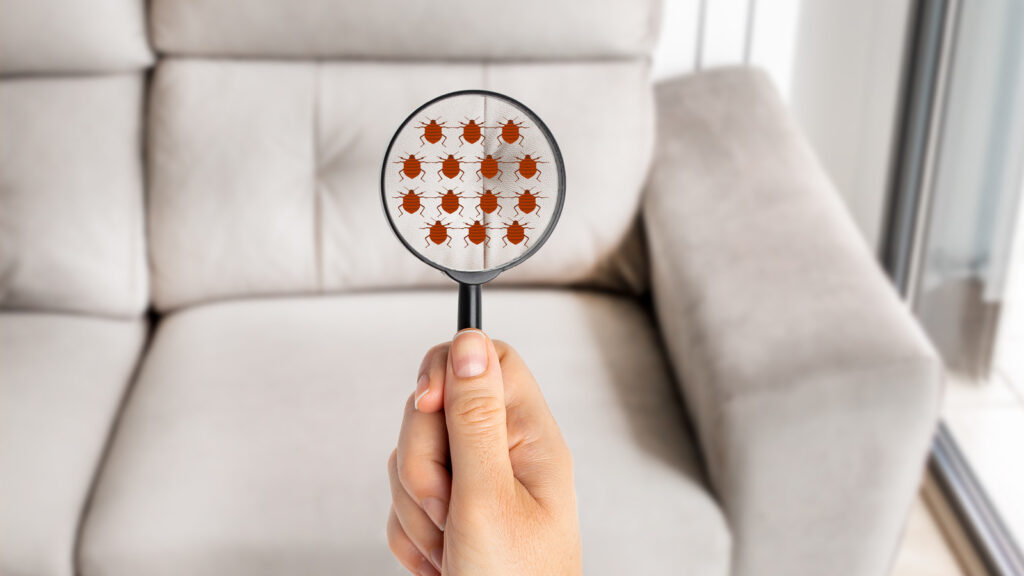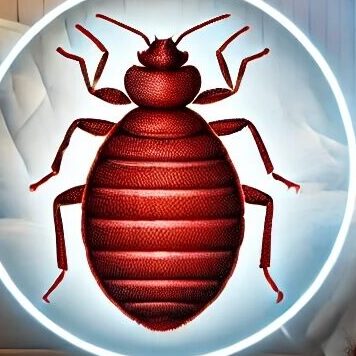Dealing with bed bugs can be daunting, but spotting the early signs is key to tackling the issue before it spirals. If you suspect these pests are lurking in your home, here’s a practical guide to help you identify their presence step by step. By following these methods, you can detect bed bugs even before an infestation becomes visible.

One of the first signs many people notice is the appearance of red, itchy bites on their skin. While not everyone reacts to bed bug bites, they often appear in a line or small clusters on exposed skin, such as the arms, neck, and legs. Check for:
While bites alone are not conclusive, they’re often an early indicator of bed bugs.
After bites, bed bugs often leave small blood stains on your sheets. These stains can occur when you accidentally squash a bed bug in your sleep. Here’s how to identify them:
These blood spots are usually small but distinctive and tend to be one of the first visible signs of an infestation in your bed.
Bed bugs excrete dark spots of digested blood, which can be another major sign. These look like tiny dots or smudges and are typically found in areas where bed bugs hide. Here’s how to spot them:
These spots are typically dark brown or black and slightly raised, almost like ink dots from a felt-tip pen.
As bed bugs grow, they shed their skins (exuviae), leaving behind tiny, translucent shells. These skins are often found near their hiding places, so inspect the following areas:
The shed skins are usually light in colour, almost see-through, and will vary in size depending on the stage of growth of the bed bug.
Spotting live bed bugs is the most definitive sign of an infestation. They tend to hide during the day, but you can uncover them with a careful inspection:
Adult bed bugs are reddish-brown, about the size of an apple seed, and have a flat, oval shape. If they’ve recently fed, their bodies may be more bloated and reddish.
Though bed bug eggs are small and more difficult to spot, they are a crucial sign of an active infestation. These tiny, white eggs are usually found in clusters in hidden areas:
Eggs are small—about 1 mm in length—and pearly white, often tucked into dark crevices or along the seams of furniture. Finding these eggs or eggshells means the infestation is in the breeding phase, and immediate action is necessary—consider heat treatment.
Bed bugs aren’t just confined to your bed. They often spread to nearby furniture, especially if the infestation has been present for a while:
By extending your search beyond the bed, you’ll have a better chance of detecting a wider infestation.
Recognising the signs of a bed bug infestation early can save you from a great deal of trouble. By staying vigilant and proactive, you can keep your home bed bug-free. If you have any concerns or need further assistance, do not hesitate to contact Thermopest. We can provide you with the support and treatments necessary to reclaim your space from these persistent pests.
